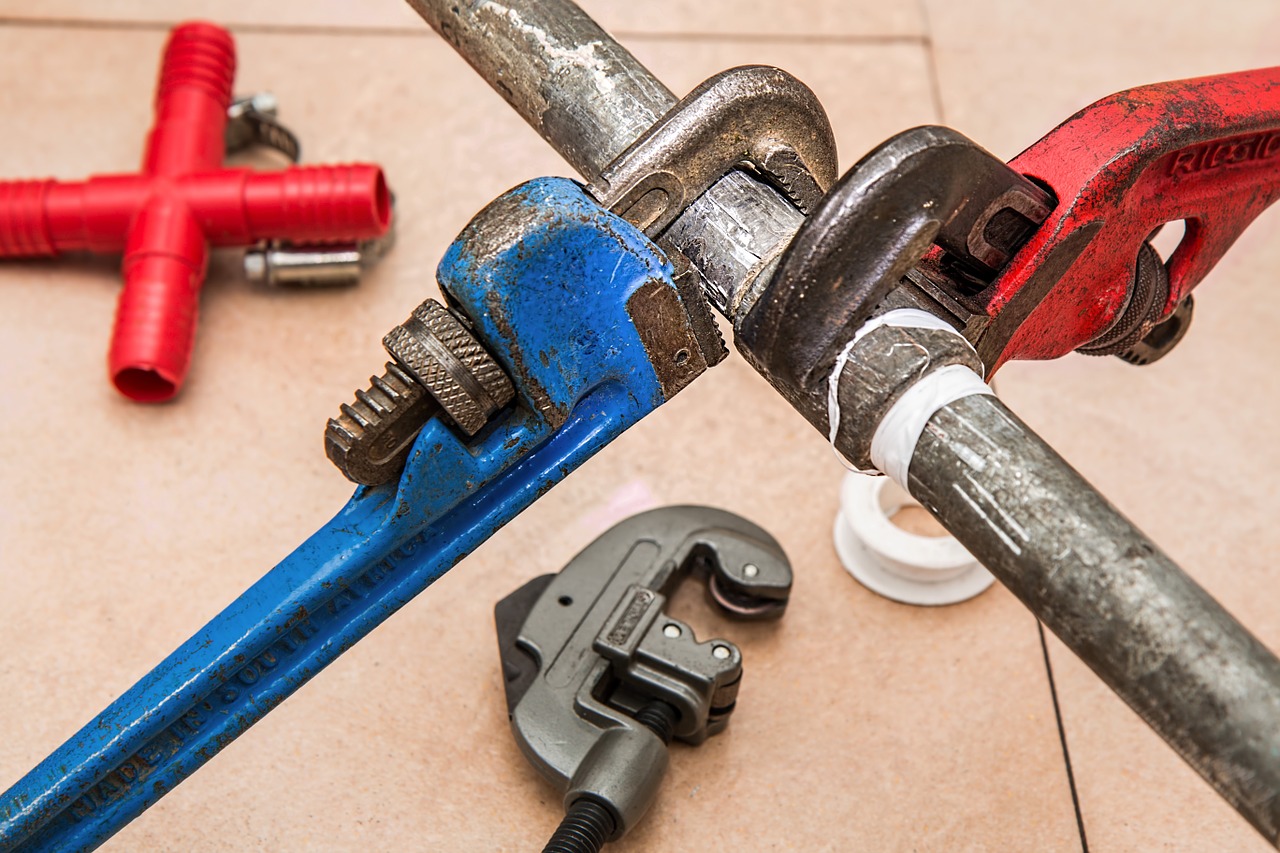 (412) 364-9114
(412) 364-9114

Unless you have X-ray vision, determining whether or not a wall pipe is leaking in your home can be tricky business. There’s some trial and error that goes into it. However, confirming that a leak exists and finding its source is the first critical step to conducting a repair. There’s no getting around it. To find out if you have a wall leak and where, follow the tips below.
These signs should be your first clues that you have a wall leak. Here’s what to look for:
If these symptoms occur in a bathroom or kitchen, there’s a good chance that the leaky pipe originates in that room. However, don’t forget that leaks in the wall can originate from rooms above, so signs of a leaking pipe don’t have to be contained to the area where the pipe is located. If these signs appear in a ceiling, check out our post about finding the source of a ceiling leak.
A moisture meter is a high-tech device that senses moisture. Lots of moisture meters have pins that need to get stuck in the wall in order to detect water. Higher end models don’t require a probe to be placed in the walls, but these models can cost hundreds of dollars.
In reality, the pins aren’t really that big of a deal. Some moisture meters have very small pins and you don’t need to stick them far into the wall at all to get a reading. In addition, once wall is water damaged (which it may be in this scenario), sticking pins into it should the least of your concerns. You can see both of these types of moisture meters in action in the following videos:
Moisture Meter With Pins:
http://www.ronhazelton.com/blog/using_a_moisture_meter_to_trace_the_source_of_a_water_leak
Moisture Meter Without Pins:
Moisture meters measure moisture by degrees. If the wall appears to be dry from the outside, you’ll use it to determine whether or not there’s moisture behind the wall. Once you’ve determined that the moisture is there, you’ll use the moisture meter to scan the general area and determine where the wall seems to be the wettest. This will help you determine the wall leak’s point of origin.
The only way to determine whether or not a pipe is leaking behind your wall without a moisture meter is to cut the wall open. To do this, follow this procedure:
If you don’t have a moisture meter, you could find yourself cutting many holes in your walls. To avoid this scenario, contact Terry’s Plumbing. We have all the tools necessary to find your leak in a way that is minimally invasive as well as accurate.
I’ve been starting to wonder why my bathroom floor is perpetually wet, even when no one has taken a shower. After reading through the signs of a leak, I’m pretty that there must be a leaky pipe in the walls somewhere. I don’t want any water damage in my house, so I’ll have to address the issue as soon as I can. I’ll have to call a plumber right away.